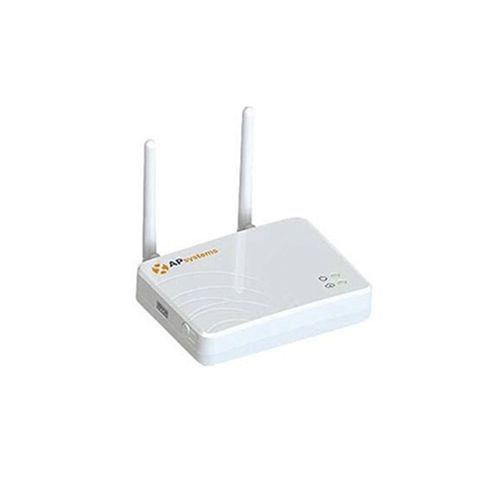Solar Inverters
- An inverter works to convert direct power (DC) into alternating current (AC). So, since solar panels produce DC power and appliances are powered by alternating current, a micro inverter is needed to convert solar power into usable energy. With solar panels fast rising in popularity, solar inverters sales have also skyrocketed. ArchiPro produces top-of-the-line solar inverters for homeowners and commercial establishments alike.Why ArchiPro?
No more endless searching -
Everything you need, all in one place.Real projects, real experts -
Work with vetted architects, designers, and suppliers.Designed for New Zealand -
Projects, products, and professionals that meet local standards.From inspiration to reality -
Find your style and connect with the experts behind it.Start your Project
Start you project with a free account to unlock features designed to help you simplify your building project.
Learn MoreBecome a Pro
Showcase your business on ArchiPro and join industry leading brands showcasing their products and expertise.
Learn More








